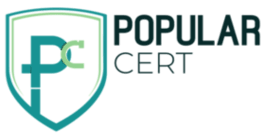ISO 17025 certification in Cape Town
Get Free Consultation
PopularCert assists Cape Town laboratories in obtaining ISO 17025 certification in Cape Town, enhancing testing and calibration processes to meet international standards. This certification demonstrates a commitment to quality and competence, boosting customer trust and providing a competitive edge in the market. By streamlining operations and fostering continuous improvement, ISO 17025 certification equips laboratories to effectively navigate global challenges and seize new opportunities.
ISO 17025 certification is essential for building trust with clients and regulatory bodies. It demonstrates that your laboratory’s results are accurate, consistent, and reliable, which is crucial in industries where precise measurements can impact safety, quality, and regulatory compliance.
How to Get ISO 17025 Certification In Cape Town?

Process to Get ISO 17025 Certification In Cape Town
Consultation and Gap Analysis
We start by understanding your laboratory’s current practices and comparing them to ISO 17025 requirements. A thorough gap analysis helps us identify areas that need improvement and gives us a clear plan to achieve certification.
Planning, Documentation, and Policy Development
We assist you in developing the necessary documentation, procedures, and quality control measures that align with ISO 17025 standards. This includes protocols for testing, calibration, equipment maintenance, and reporting.
Training and Awareness
ISO 17025 requires that all personnel involved in testing and calibration understand the standards and their role in ensuring compliance. We provide comprehensive training to ensure that your team is equipped to meet the requirements.
Internal Audit and Management Review
Once your laboratory has implemented the required changes, we conduct an internal audit to assess the effectiveness of your processes. A management review ensures that your laboratory's operations align with ISO 17025 standards and your business goals.
External Certification Audit and Certification
We guide you through the final certification audit, conducted by an accredited body. Once you achieve ISO 17025 certification, we provide ongoing support to help you maintain compliance, including assistance with surveillance audits and updates as standards evolve.
Benefits Of ISO 17025 Certification In Cape Town
- Accurate and Reliable Results: ISO 17025 ensures that your laboratory follows a systematic approach to testing and calibration, leading to consistent and reliable results. This reduces the chances of errors and ensures that your findings are dependable.
- Enhanced Reputation and Credibility: Achieving ISO 17025 certification shows clients and partners that your laboratory is trustworthy and committed to maintaining high standards. This enhances your reputation in the industry and strengthens your relationships with customers and stakeholders.
- Compliance with Regulations: In many industries, accurate testing and calibration are not just important—they're required by law. ISO 17025 helps ensure that your lab complies with local and international regulations, reducing the risk of legal issues and non-compliance.
- Competitive Advantage: ISO 17025 certification sets your laboratory apart from competitors. It demonstrates that your lab operates to internationally recognized standards, giving you an edge when bidding for contracts or working with new clients.
- Better Risk Management: The standard emphasizes the importance of quality control and risk management in testing and calibration. By following these practices, you can identify and address potential issues before they become serious problems, improving the overall efficiency of your lab.
Types Of ISO Certification In Cape Town
Get Free Consultation
Our Clients
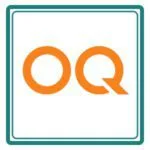

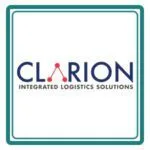
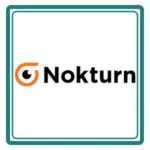
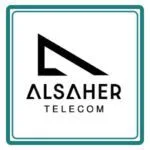
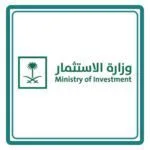
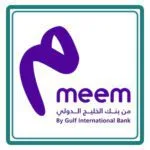
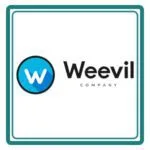



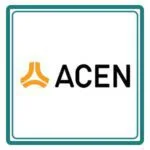
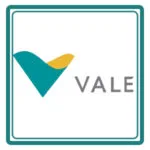
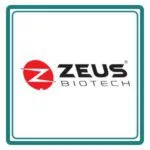


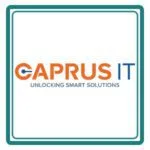
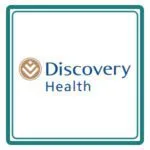
Cost Of ISO 17025 Certification In Cape Town
The cost of ISO 17025 certification can vary based on factors such as the size of your laboratory, the complexity of your testing services, and your current compliance levels. At PopularCert, we offer tailored solutions to fit your specific needs, ensuring that certification is cost-effective and achievable without unnecessary expenses.
Improve lab testing accuracy with ISO 17025 Certification in Cape Town. Learn how to get and apply for ISO 17025 certification with our expert consultants, who provide the best services to meet global standards at an affordable cost.
Why Choose PopularCert For ISO 17025 Certification In Cape Town?
ISO 17025 certification is essential for labs in Cape Town that want to prove their commitment to quality and reliable testing.
Contact PopularCert today at [email protected] to start your journey toward ISO 17025 certification. Let us help you enhance the reliability, accuracy, and efficiency of your laboratory operations, and position your lab for success in the global market!
GET A FREE CONSULTATION NOW
FAQ
What is ISO 17025 certification?
ISO 17025 is an international standard for testing and calibration laboratories. It specifies the requirements for the competence, impartiality, and consistent operation of laboratories.
Why is ISO 17025 important for laboratories in Cape Town?
ISO 17025 certification enhances the credibility and reliability of lab testing and calibration results. It ensures compliance with international standards, boosting trust among clients and stakeholders in Cape Town’s scientific and industrial sectors.
How can I get ISO 17025 certification in Cape Town?
To achieve ISO 17025 certification:
- Understand the standard’s requirements.
- Implement a quality management system specific to laboratory operations.
- Conduct internal audits and management reviews.
- Apply for certification with an accredited certification body.
What is the cost of ISO 17025 certification?
Costs depend on factors such as the size of the laboratory, scope of testing or calibration services, consultant fees, system implementation, and certification body charges.
How can I apply for ISO 17025 certification?
- Select an accredited certification body, submit your application, and prepare for the certification audit by implementing and maintaining your quality management system.
